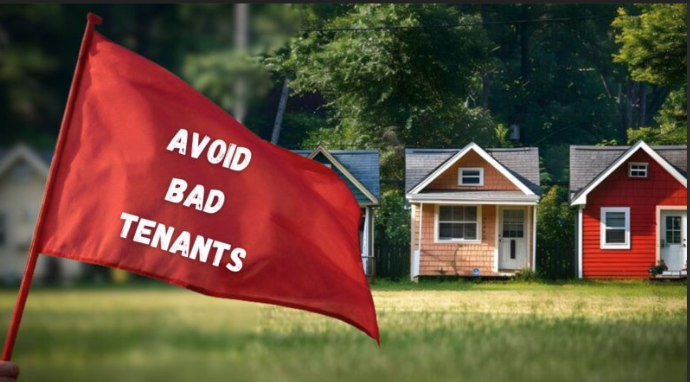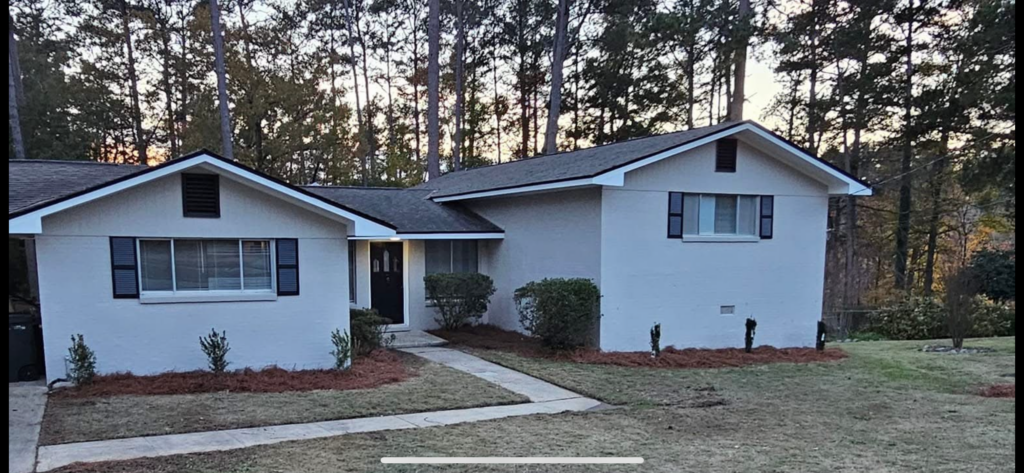
As a landlord, your rental property is a major investment — not just of money, but of time and energy. Choosing the right tenant can mean the difference between a peaceful, profitable experience and months of stress, damage, and financial loss. That’s why tenant screening is crucial. But what should you really watch out for?
Here’s a complete guide to the red flags that every landlord should look for when screening a tenant.
Why Tenant Screening Matters
Before diving into the red flags, it’s essential to understand why tenant screening is so important:
● Protects your property from damage or neglect
● Ensures steady income with on-time rent payments
● Reduces stress and minimizes the risk of eviction
● Improves the value of your rental over time
Screening isn’t about being picky — it’s about being smart.
1. Incomplete or Inconsistent Application
A well-prepared tenant will take the application process seriously. If a prospective tenant turns in an application that’s missing key information or has inconsistencies, it’s a major warning sign.
Red flags include:
● Missing job history or previous addresses
● Conflicting details (e.g., income doesn’t match job title)
● Taking too long to fill it out or avoiding questions
Why it matters: Inconsistencies may be signs of dishonesty or an attempt to hide bad history.
2. Poor Credit History
While not every tenant needs to have a perfect credit score, a very low credit score or history of late payments, bankruptcies, or collections can be cause for concern.
What to check:
● Credit score below 600
● Repeated missed payments
● Court judgments or bankruptcies
Why it matters: A low credit score may indicate financial irresponsibility or instability.
3. No Rental History or Frequent Moves
If a tenant has no previous rental history or has moved every few months, proceed with caution. While some legitimate reasons exist (e.g., recent college graduate), it’s important to ask questions.
Warning signs:
● Multiple addresses in one year
● Refusal to provide landlord references
● Gaps in the rental timeline
Why it matters: A stable rental history often means fewer problems and longer tenancy.
4. Negative References from Previous Landlords
References are gold when it comes to screening. A bad reference from a former landlord can tell you everything you need to know.
Red flags in references:
● “Left the property in poor condition”
● “Frequently late with rent”
● “Caused disturbances or didn’t follow rules”
Why it matters: Past behavior is the best predictor of future actions.
5. Criminal Record (Depending on Severity)
A criminal background check is part of responsible screening. However, landlords must ensure they’re following Fair Housing Laws and not discriminating unfairly.
Serious red flags:
● Violent offenses
● Drug manufacturing or distribution
● Property damage-related crimes
Why it matters: Your goal is to protect your property and other tenants or neighbors.
6. Unverifiable Income or Employment
Tenants should make at least 2.5 to 3 times the rent in monthly income. If they can’t prove their income, that’s a problem.
Common red flags:
● Fake pay stubs or unverifiable employment
● Vague job title or “freelancer” with no proof of income
● “My friend owns the company” but no documentation
Why it matters: Rent needs to be a manageable expense for the tenant. If not, expect missed payments.
7. Unwillingness to Provide Information or Consent
A trustworthy tenant will understand the need for background checks and references. If they seem resistant or evasive, take note.
Watch for:
● Refusing a credit or background check
● Withholding references or documentation
● Pressuring to move in immediately without a screening
Why it matters: Secrecy usually means there’s something they don’t want you to find.
8. History of Evictions
One of the most serious red flags you can encounter is a history of eviction.
Red flags include:
● Public records of eviction
● “Mutual agreement to leave” that sounds vague
● Lying about reasons for leaving previous rentals
Why it matters: While one eviction years ago might not be a deal-breaker, multiple or recent evictions are a clear danger sign.
9. Too Many Occupants or Unapproved Pets
Sometimes tenants try to sneak in extra people or pets. This can be damaging to the property and violate lease terms.
Red flags:
● Listing one person, but multiple people show up for the showing
● Not mentioning pets but there’s evidence of one
● Unlisted children or roommates
Why it matters: Overcrowding or unapproved pets lead to wear and tear and potential liability issues.
10. Gut Feeling or Odd Behavior During the Showing
Sometimes, your intuition tells you something isn’t right. While you shouldn’t base decisions solely on feelings, odd behavior can be an important piece of the puzzle.
Examples:
● Rude, entitled, or overly demanding behavior
● Asking strange questions like “Can I break the lease early?”
● Avoiding eye contact or giving conflicting stories
Why it matters: Trust your instincts — if something feels off, it probably is.
How to Protect Yourself
Now that you know what to avoid, here’s how to strengthen your screening process:
● Use a comprehensive application form
● Run background, credit, and eviction checks
● Call employers and landlords for verification
● Document everything and keep records
● Be clear about your rental criteria upfront
Final Thoughts
Tenant screening isn’t foolproof, but by watching out for these red flags, you can drastically reduce the risk of ending up with a problem tenant. Remember, the goal is to protect your investment, your peace of mind, and your future income.
Take your time. Ask questions. Trust the process.
The right tenant is worth the wait.




